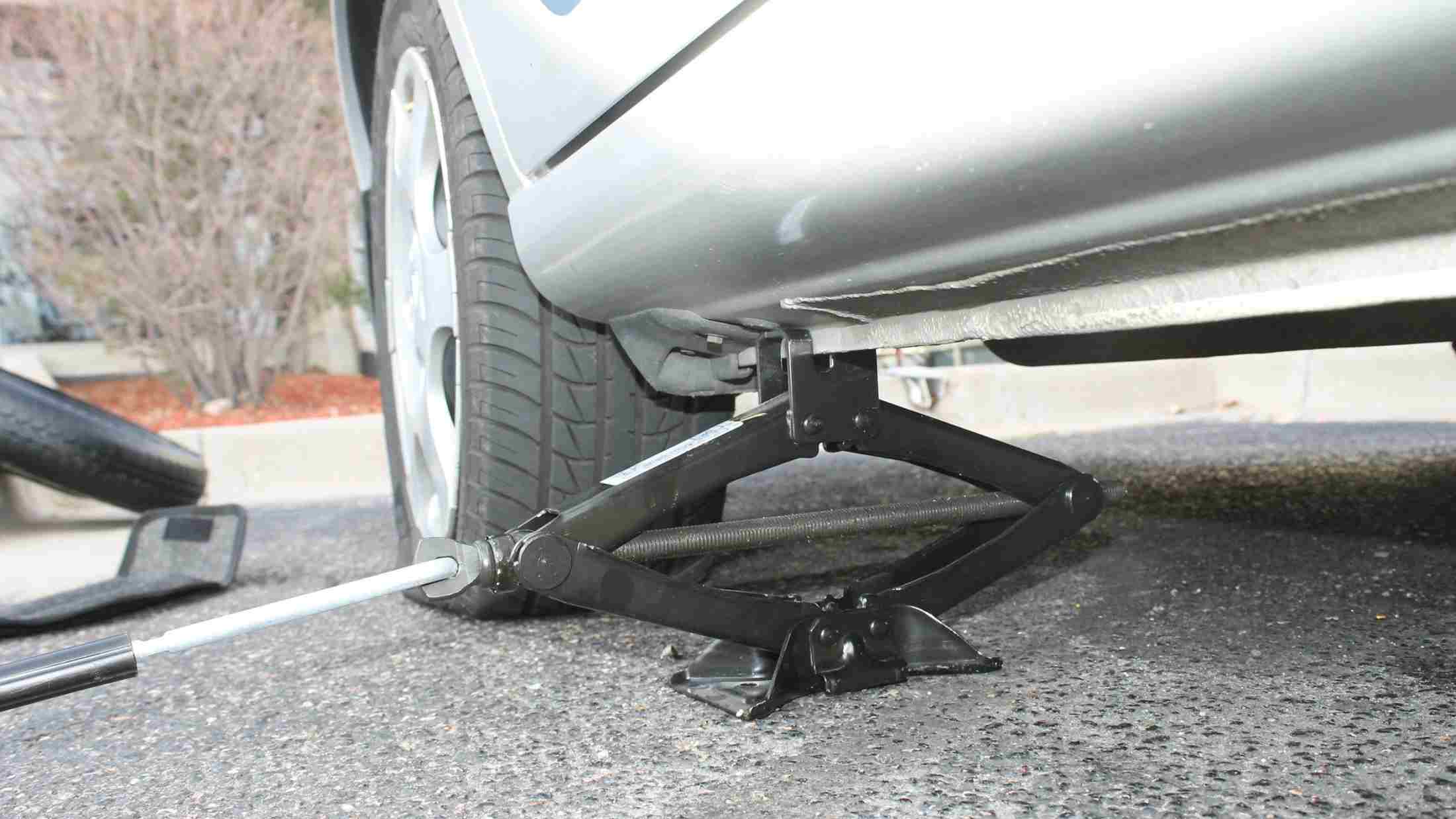One of the most important parts of driving on the UK’s roads is making sure your vehicle's safe to use. And a big part of this is getting an annual MOT check, something which is part of UK law.
Whether you’re a new driver or just getting back on the road, it’s time to get familiar with MOTs by following our MOT testing guide.
In this section:
What is an MOT?
Wondering what does MOT stand for? MOT is short for Ministry of Transport, which is the department which set up this scheme. An MOT is a check-up on the condition of your car to assess whether it’s safe to run on UK roads.
As a driver in the UK, you must get an MOT test done annually for pre-owned vehicles, or after three years from registration for a new vehicle.
What is tested in an MOT?
From the condition of your car’s tyres to the usability of your steering wheel, most of your car's important functioning features will be examined during your car’s MOT test:
| Car part | What's checked? |
|---|---|
| Body of the car, including vehicle structure | Condition of engine mounting, seats, boot, doors, registration plate, vehicle identification number |
| Electrical equipment and reflectors | Positioning and condition of horn, battery, towbars |
| Exhaust, fuel and emissions | Leaks in exhaust system, legitimate limit of carbon monoxide and hydrocarbon |
| Front and back view of the road | Clear view via the mirrors, windscreen and condition of wipers |
| Brakes | Condition and efficiency of brakes and warning lights |
| Seatbelts | Secure seatbelts and working restraint system |
Your MOT won’t check the condition of your engine, clutch, or gearbox – so you’ll need to have these checked out separately if you want a full picture of your car’s health.
When to get an MOT check?
You need to get an MOT check every year, but you can get your car tested earlier. You can get your test up to a month before your MOT expires without affecting the original expiry date anniversary.
You can check when your MOT runs out on gov.uk.
Driving without an MOT
You may be thinking, but what happens if you drive without an MOT? To drive without an MOT is both illegal and unsafe. If you’re found driving without a valid MOT certificate, you can be fined £1,000 and even have your vehicle taken away from you.
Without a valid MOT, you also jeopardise the safety of your passengers and drivers around you. Your car may have issues that need to be looked at by a professional mechanic which you may have overlooked.
MOTs exist to identify all the obvious and not-so-obvious issues, making sure your car is legally safe to drive. Having a valid MOT is a condition of most insurance policies, including cover provided by AXA.
How much does an MOT cost?
You may be wondering how much does an MOT cost? It can vary depending on your vehicle and where you get tested.
The maximum fee a test centre can charge for a car is £54.85 and £37.80 for motorcycles - but you may find garages offering lower fees.
Council MOT Centre
Looking for a cheaper MOT test option? Many councils have their own MOT testing centres that typically charge less than private garages.
These MOT testing stations don’t usually do repairs. But if your car’s in good condition, you can get your MOT check done at a council MOT centre to save on costs.
How long does an MOT take?
The average time an MOT takes is between 45 to 60 minutes. Your MOT might take a little longer if the tester finds an issue.
MOT exemption
If your car was built or first registered more than forty years ago, it’s exempt from MOT testing.
However, if you’ve made substantial changes to your ‘historic vehicle’, you may need to get it tested. This could include changes to the body, axles, engine or chassis.
Why do cars fail their MOT?
There are many reasons cars may fail their MOT test. Common issues include:
- Lights
Many faults relate to lighting and signalling. To avoid failing your test because of this, check your headlights, indicators and brake lights before your MOT. Replace blown bulbs, and clean plastic lenses around your lights too. - Suspension
If your car’s pulling to one side, or you find your car bouncing over potholes and dips, you might have a suspension issue. This can lead to your car becoming uncontrollable. A full service can pick up on issues before it’s time for your MOT. - Tyre condition and pressure
Worn out tyres are dangerous – and a sure-fire way to fail your MOT. Check your tyres before your test, and pump up or replace them as needed. - Mirrors, wipers and washers
A broken mirror, cracked windscreen or faulty wipers can all obstruct your view of the road. This will make you fail your MOT.
How to check MOT history?
Need to find out the last time your vehicle had an MOT check? You can find a vehicle’s MOT history by using the government’s MOT history portal. You can see when your MOT expires by entering your vehicle’s number plate. For a full detailed history, enter your 11-digit number from the vehicle’s logbook, too.
At AXA, we want to keep you on the road. We hope you found this guide useful.












